The conflict between Israel and Hamas has not only destroyed almost the entire Gaza Strip but also completely exhausted the region's economy.
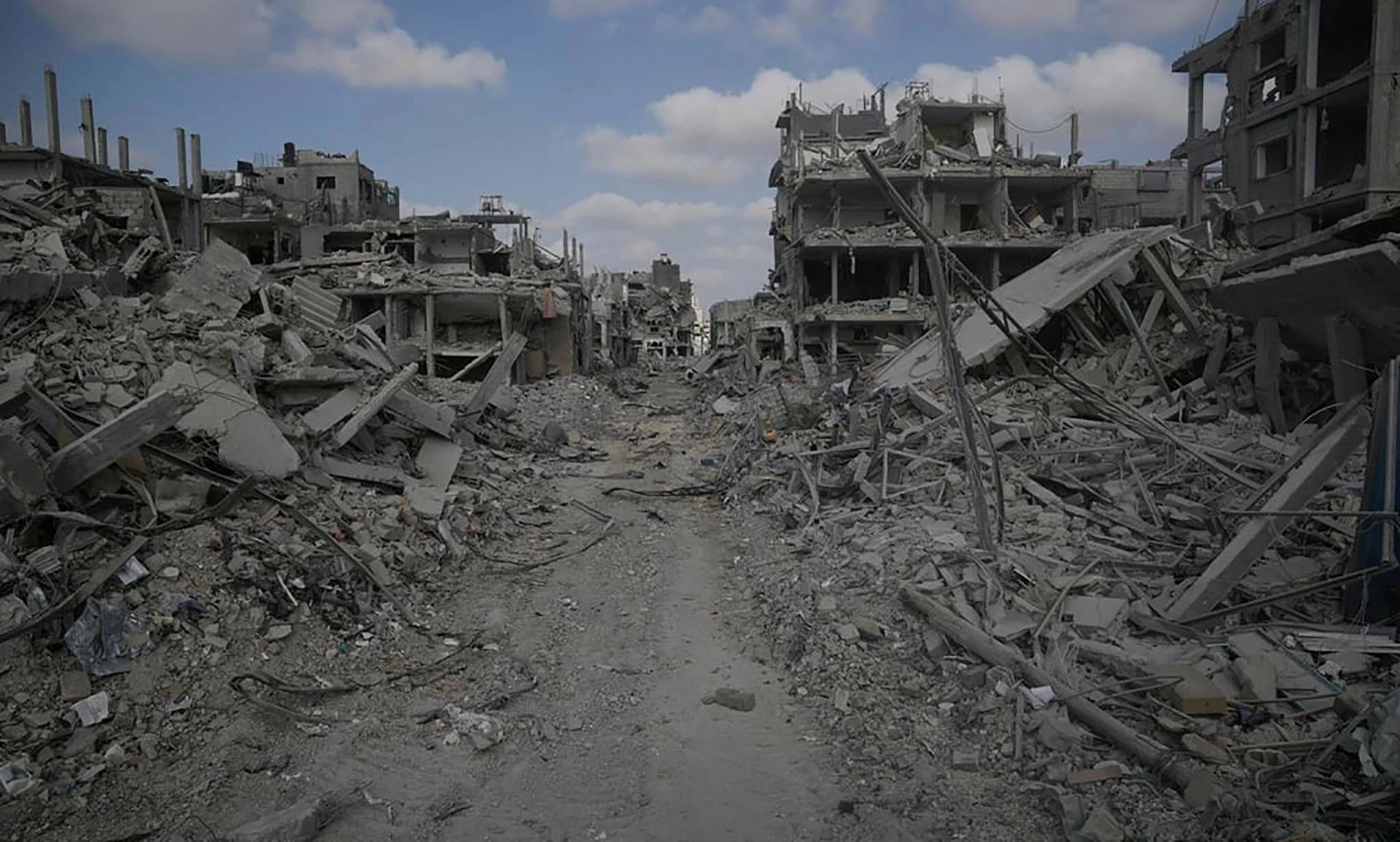 |
| About a quarter of the buildings in the Gaza Strip have been destroyed or severely damaged. (Source: AP) |
The United Nations has long warned that it could take decades to rebuild the Gaza Strip following Israel’s offensive against Hamas. But more than a year after the conflict began, experts say it could take centuries to return the strip to its pre-war state.
Desolation by bombs
A report by the United Nations Conference on Trade and Development (UNCTAD) on October 21 affirmed that even if the conflict ends the next day or the Gaza Strip returns before October 7, 2023, it will take up to 350 years for the region's economy to return to its pre-war state.
The ongoing conflict is deepening the wounds and crippling the region’s economy. Entire settlements have been wiped out, roads and vital infrastructure destroyed. Even if a ceasefire is achieved, a return to pre-October 2023 conditions will not put the Gaza Strip on a path to recovery and sustainable development, UNCTAD reports.
“If the growth trend from 2007–2022 returns to an average growth rate of just 0.4%, it will take Gaza 350 years to recover its 2022 GDP level,” the report stressed.
The report’s author, Rami Alazzeh, based his estimate on the collapse of the Gaza Strip’s economy in the first seven months of the conflict, along with the region’s average GDP growth rate from 2007 to 2022. However, Alazzeh said that the time needed for the recovery process depends on the actual situation the strip is likely to face.
By the end of January 2024, the World Bank estimated the cost of the Gaza Strip at $18.5 billion – nearly the combined economic output of the West Bank and Gaza Strip in 2022. But that was before Israel launched its fierce ground offensive in the southern border city of Rafah. According to the UN, 66% of the buildings in the area were destroyed or severely damaged, including more than 227,000 housing units with significant damage.
The International Coalition for Shelter Support, led by the Norwegian Refugee Council, said it would take 40 years to rebuild all the homes destroyed under the Gaza Reconstruction Mechanism. The mechanism was set up after the 2014 conflict to facilitate reconstruction under strict Israeli supervision, but has since been plagued by delays.
Even in the most optimistic scenario, assuming a projected regional growth rate of up to 10%, the Gaza Strip would still take decades to recover.
Gloomy outlook
Assuming no military campaign, free movement of goods and people, a significant recovery in investment and an annual population growth rate of 2.8%, by 2050, Gaza's GDP per capita would return to its 2022 level, according to UNCTAD.
The report released by the UN Development Program on October 22 also showed that, in the case of large investments and the lifting of economic restrictions, the Palestinian economy, including the West Bank, could recover steadily by 2034.
Since May 2024, Israel has controlled all Gaza border crossings, making it difficult for the UN and international humanitarian organizations to bring food and emergency aid into the area. Fighting is expected to continue and the Gaza Strip remains in a state of chaos.
There is currently no sign that international donors are willing to help rebuild the Gaza Strip, especially while fighting continues or while the territory remains under Israeli control.
Gulf states such as Saudi Arabia or the United Arab Emirates (UAE) will only provide funding if there is a clear roadmap for the establishment of a Palestinian state, something Prime Minister Benjamin Netanyahu firmly opposes.
At present, the conflict continues to escalate and shows no signs of stopping. In early October 2024, Israel launched another major operation in the northern Gaza Strip, which was the most devastated area, accusing Hamas of regrouping there.
“People call for a ceasefire, but they forget that when the ceasefire is implemented, 2.2 million Palestinians will wake up homeless, with children without schooling, without universities, hospitals or roads,” Mr. Alazzeh stressed.
According to this expert, it will take a very long time for the Gaza Strip to rebuild and this process is certainly impossible if the area continues to be blockaded.
The future of Gaza after the conflict with Israel always seemed bleak, with recovery expected to take centuries. While a ceasefire may help the enclave de-escalate violence, reconstruction is severely hampered as long as the enclave remains mired in blockade policies, lack of international investment, and political instability.
Without strong support from the international community and improved economic and social conditions for the Gaza Strip, the prospect of a rapid recovery is likely to be a distant goal.
Source: https://baoquocte.vn/dai-gaza-mat-bao-lau-de-vuc-day-tu-tro-tan-291244.html


![[Photo] Looking back at the impressive moments of the Vietnamese rescue team in Myanmar](https://vstatic.vietnam.vn/vietnam/resource/IMAGE/2025/4/11/5623ca902a934e19b604c718265249d0)


![[Photo] "Beauties" participate in the parade rehearsal at Bien Hoa airport](https://vstatic.vietnam.vn/vietnam/resource/IMAGE/2025/4/11/155502af3384431e918de0e2e585d13a)


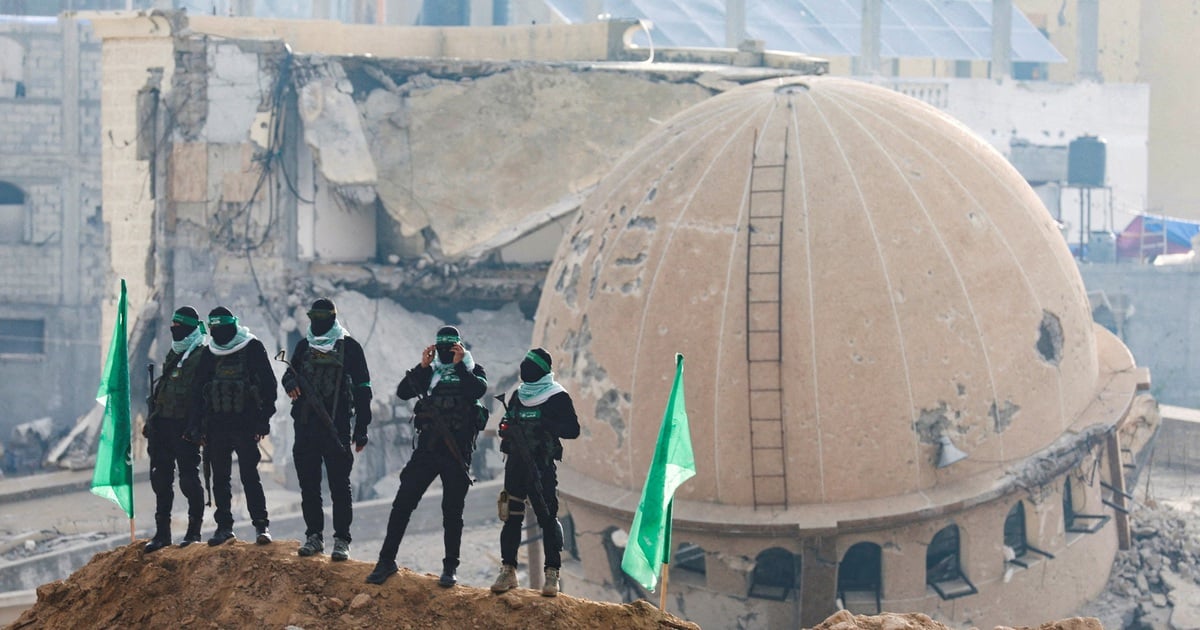

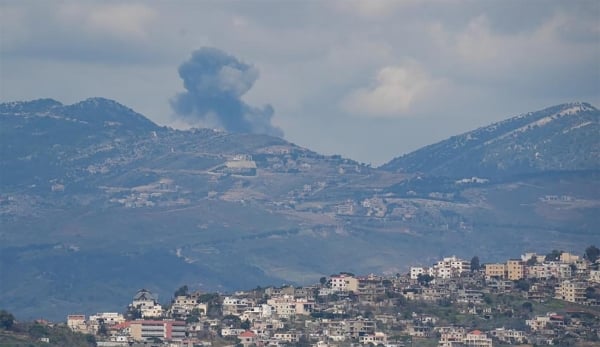
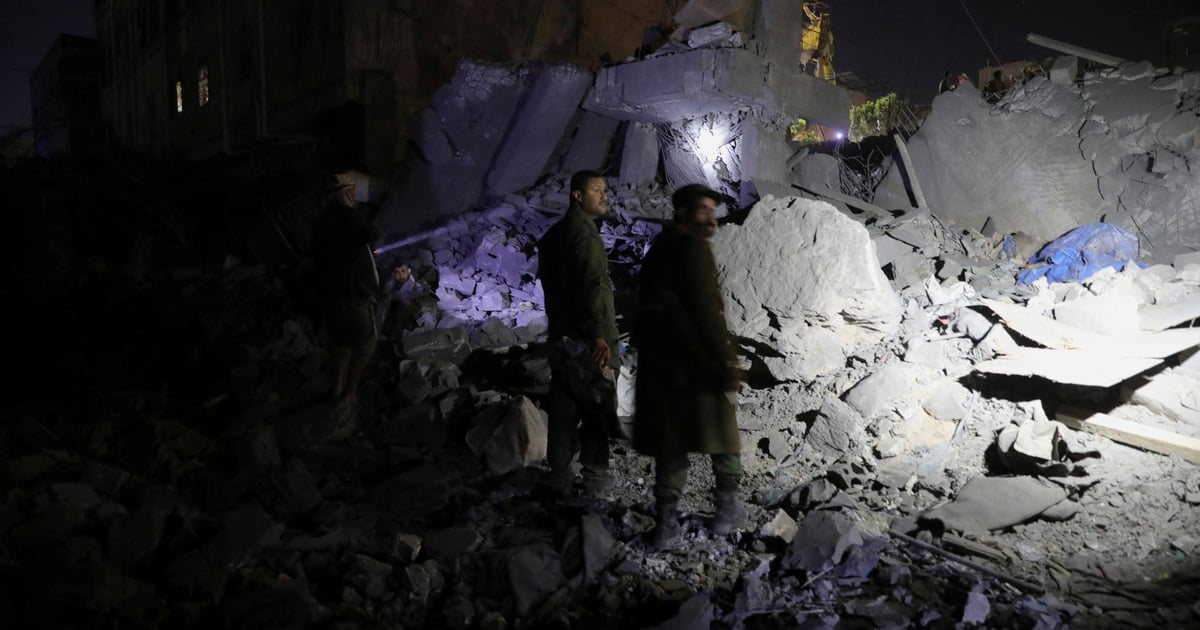

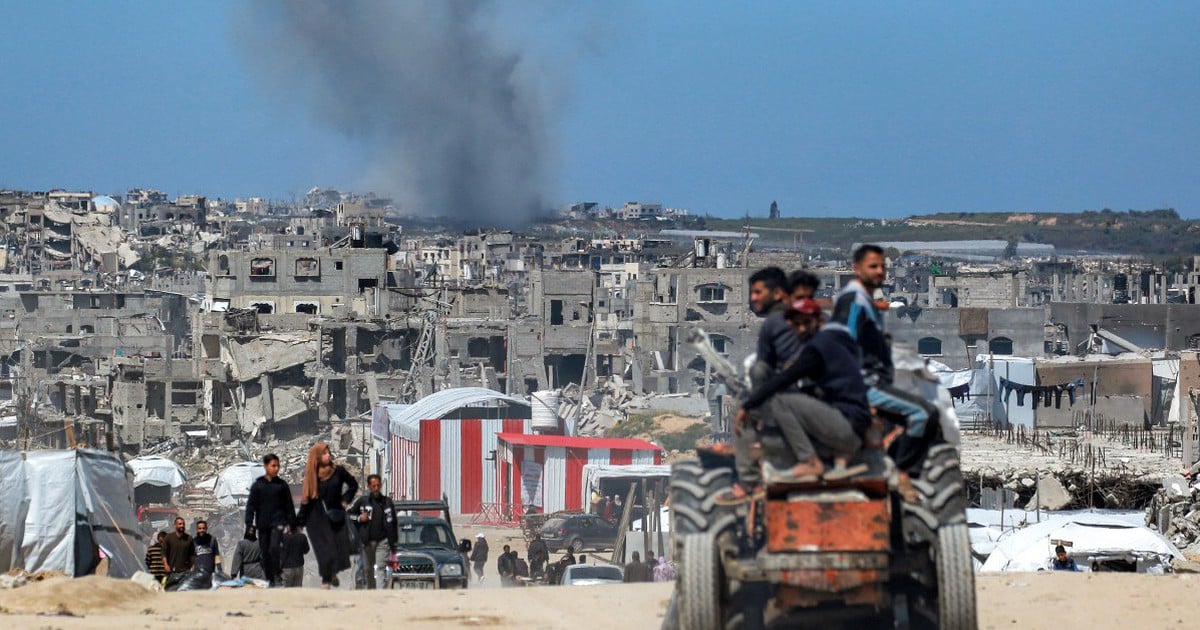
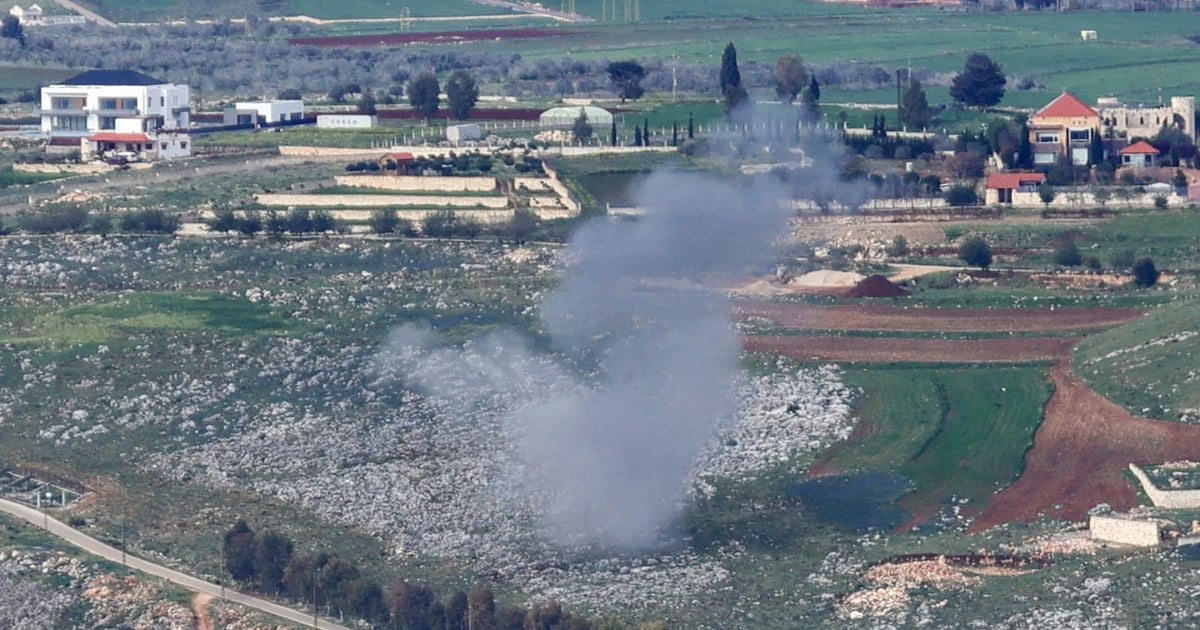
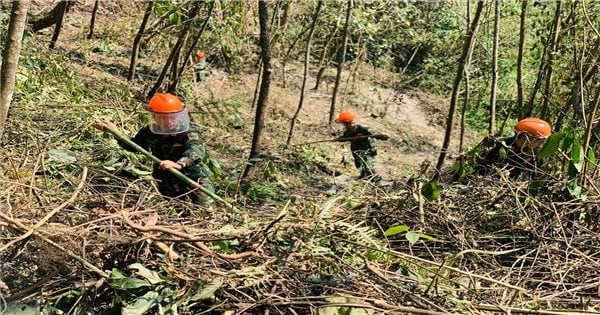








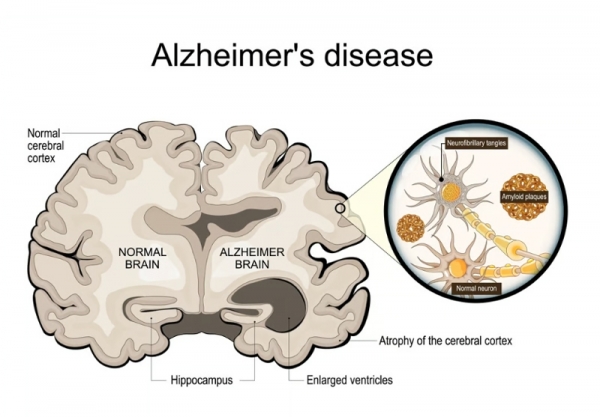




![[Photo] Summary of parade practice in preparation for the April 30th celebration](https://vstatic.vietnam.vn/vietnam/resource/IMAGE/2025/4/11/78cfee0f2cc045b387ff1a4362b5950f)
































































Comment (0)